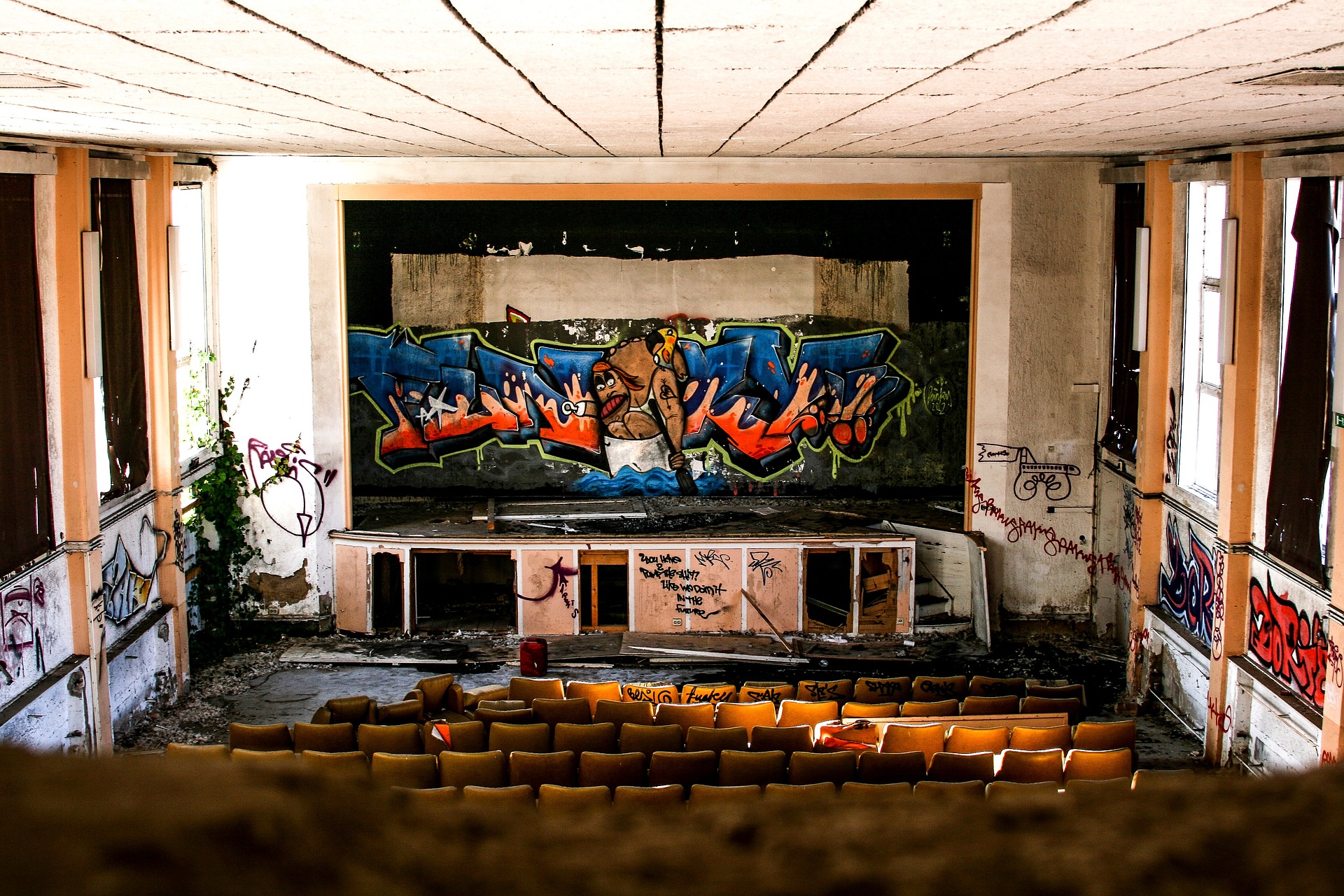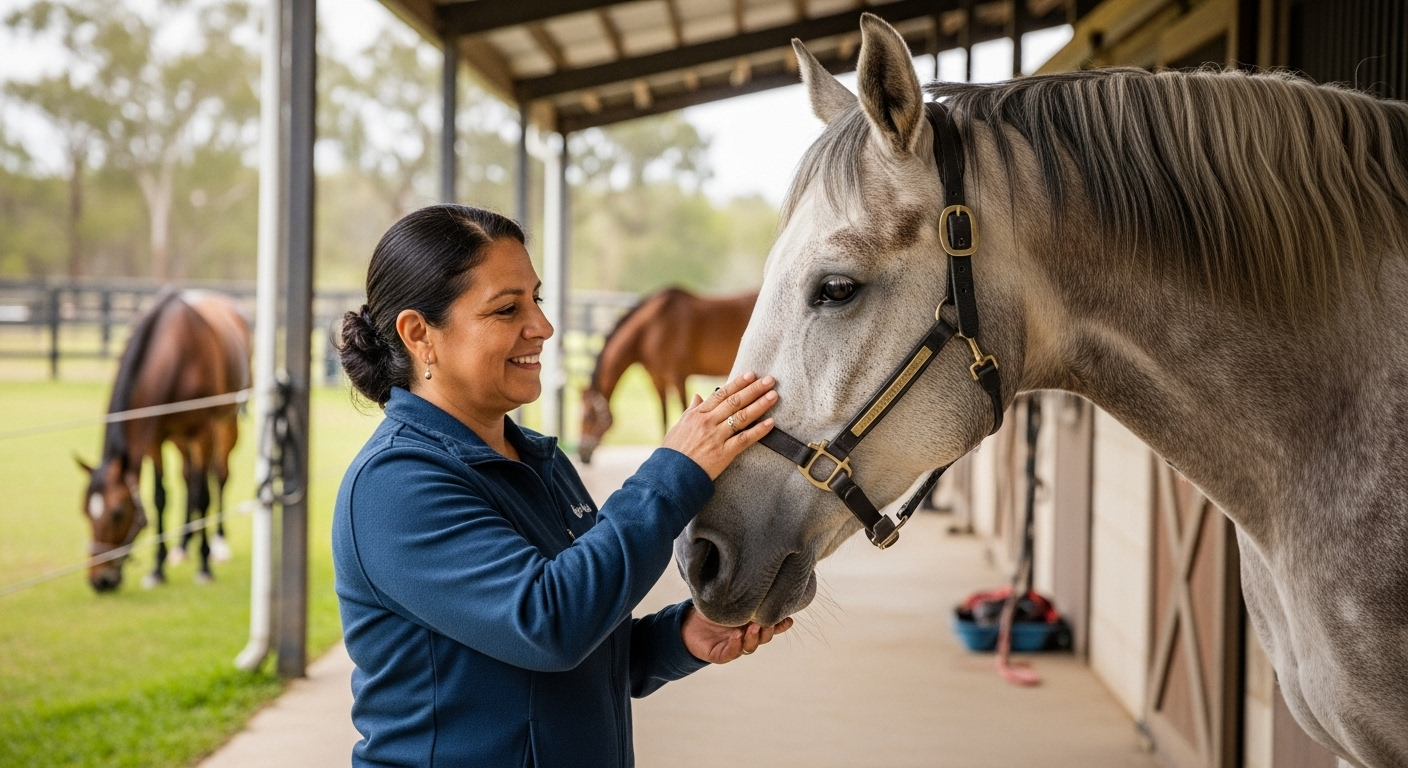Rebooting Retro: A Modern Look at the Resurgence of Analog Photography
In the digital age, where smartphones and high-resolution cameras dominate the photographic world, a quiet revolution is taking place. Analog photography, once thought to be the stuff of history, is making an unexpected and triumphant comeback. This resurgence of vintage cameras and film rolls is not merely nostalgia; it's a conscious movement towards slowing down, appreciating the process, and seeking authenticity in a world saturated with immediacy and digital manipulation.
The Historical Frame: A Look Back at Analog Photography
Analog photography, the precursor to our modern digital photography, was the only method of capturing images for more than a century. It involves the use of a camera loaded with a film, which, when exposed to light, records the image. After the film is developed through a chemical process, the negative image is then transferred onto photographic paper, creating the final photograph.
Despite its apparent obsolescence in the face of digital technology, analog photography holds a unique appeal. The raw, tactile nature of the process, combined with the anticipation and unpredictability of the final result, offer an experience that digital photography cannot replicate.
The Comeback: Analog in the Digital Era
Fast forward to the 21st century, where every smartphone comes with a high-resolution camera, and digital photography reigns supreme. Yet, paradoxically, there is a growing trend among photographers, both professional and amateur, who are returning to the old ways of analog photography.
This shift is driven by a desire to break away from the perfection and homogeneity of digital images. Analog photography, with its inherent unpredictability and slight imperfections, offers a refreshing change. It provides an opportunity to create unique, tangible art in a world where everything is increasingly virtual and disposable.
The Impact: A New Appreciation for the Past
The resurgence of analog photography has not only revived interest in old cameras and film but also sparked a broader dialogue about the value of slowing down and appreciating the process. In the fast-paced digital age, where images are snapped, shared, and forgotten within moments, analog photography encourages a more thoughtful and deliberate approach.
Furthermore, this trend is influencing the wider creative industry. Fashion and advertising, for instance, are increasingly drawn to the distinctive aesthetics of analog photography, using it to communicate authenticity, nostalgia, and a sense of timelessness.
The Future: A Balance of Old and New
While it is unlikely that analog photography will entirely replace digital, its resurgence indicates a growing appreciation for the tactile and the tangible. This trend suggests a future where analog and digital coexist, each offering its unique advantages. As we navigate this digital age, perhaps the resurgence of analog photography serves as a reminder of the importance of balance - between speed and deliberation, perfection, and authenticity, the new and the old.
In conclusion, the resurgence of analog photography is more than a nostalgic nod to the past. It’s a statement, a rebellion against the immediacy and disposability of the digital age. It’s a celebration of authenticity, imperfection, and the beauty of the process. In a world where everything is increasingly virtual, the tangible, physical nature of analog photography offers a refreshing change, a touch of reality in an otherwise pixelated world.





